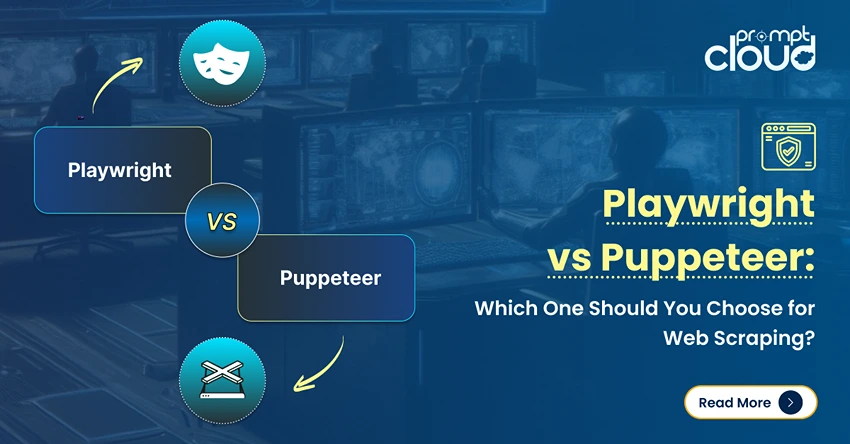Going back a few years, when some of the media and investors are quizzing Mr. Mukesh Ambani, why was an oil company like RIL (Reliance Industries) spending 10’s of billions of dollars on a telecom network? Mr. Ambani replied, “Data is the new oil.” While the commodification of data in Jio’s context is different from this article, it highlights the reality of the humongous data that users are generating in the web landscape, both mobile and desktop. In the web world of abundant and unstructured data, the scarcity remains in getting the structured data at scale. Instead, one says, “the structured data is the new oil for an organization to speed up the decision making and stay ahead of your competition.” Unfortunately, it is a well-documented fact that many studies indicate, the time data scientists spend cleaning up the data is upwards of 60%, and many companies struggle to meet the basic data quality standards.
Source: Forbes
All the data out there on the web and what matters for an organization is to extract only ‘that data‘ which fuels their analytic engines and gain critical insights. The structured data in this context is an edge organization can have to leapfrog the competition. Let’s dig into some of the steps one can follow to get the structured data –
Defining the Use-Case or Problem Statement
The use-case varies for different companies. Narrowing down to the companies or brands that are consumer-facing, they must understand what their customers are talking about their brands on the web. The ecommerce, social media is an excellent data repository for companies to bank upon for this data. Companies in this bucket might want to understand how my products are priced vis a vis my competition? What are the consumers talking about my product? Checking the stock availability of my products across platforms? etc.,
What Data to Extract and The Frequency
Once the use-case is defined, the next step is to understand which sites to target and what data to extract. For example, tying to the use-case, if the requirement is to check on how my products are priced in the ecommerce landscape, one needs to define which sites to target, what fields to extract and how often the data is required. The frequency of extraction or enterprise scraping often depends on the problem statement.
For price-related use-cases, the frequency could be as often as multiple times a day or daily as one wants to understand how their competitors are pricing the same product. The edge for a company remains how fast one gets the data to take action and stay ahead.
Role of a DaaS (Data as a Service) Provider
A DaaS provider, by definition, is someone whose role is to provide timely, accurate data to the customer. Many companies offer vanilla DaaS solutions, but the nature of the use-cases is rarely standardized and demand custom solutions. Ideally, a DaaS provider should put themselves in the customer’s shoes and play the role of consultant to suggest the optimal data extraction solutions to the customer.
Once the data structure is finalized, the automation of the extraction process kicks in means that the customer has to consume the data. There are many challenges that a DaaS provider often encounters in data extraction, especially when done at scale. Some of it highlighted in our earlier article.
At PromptCloud, we have developed many in-house proprietary products to encounter the data extraction problems that a DaaS provider often faces. We follow a custom approach in providing solutions and handle the entire data acquisition pipeline on the customer’s behalf at scale. End of the day, the structured data matters !!













